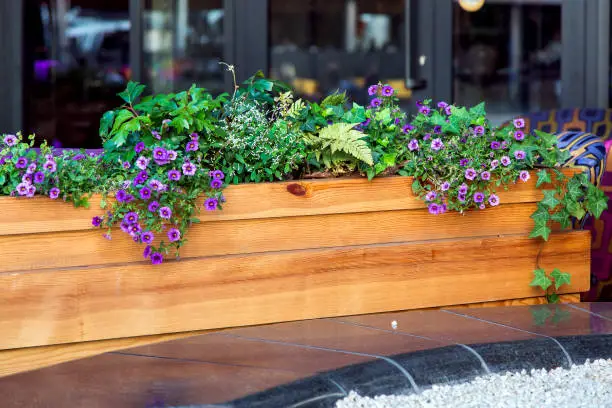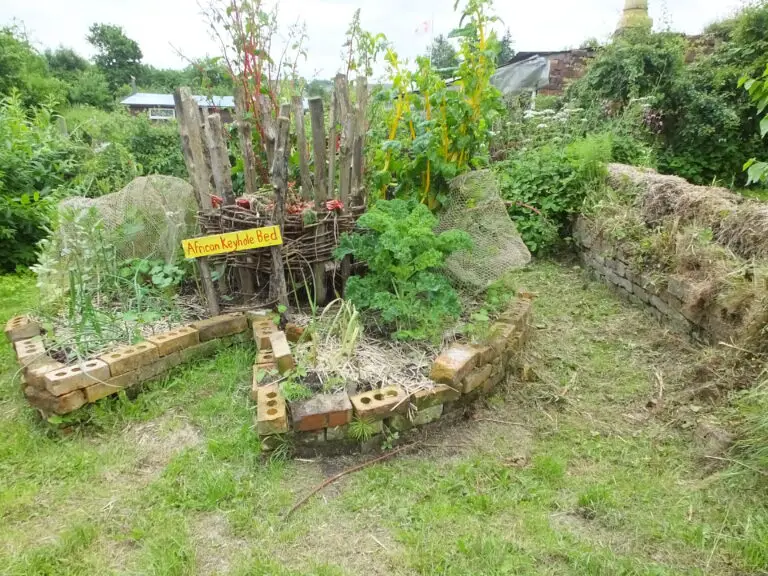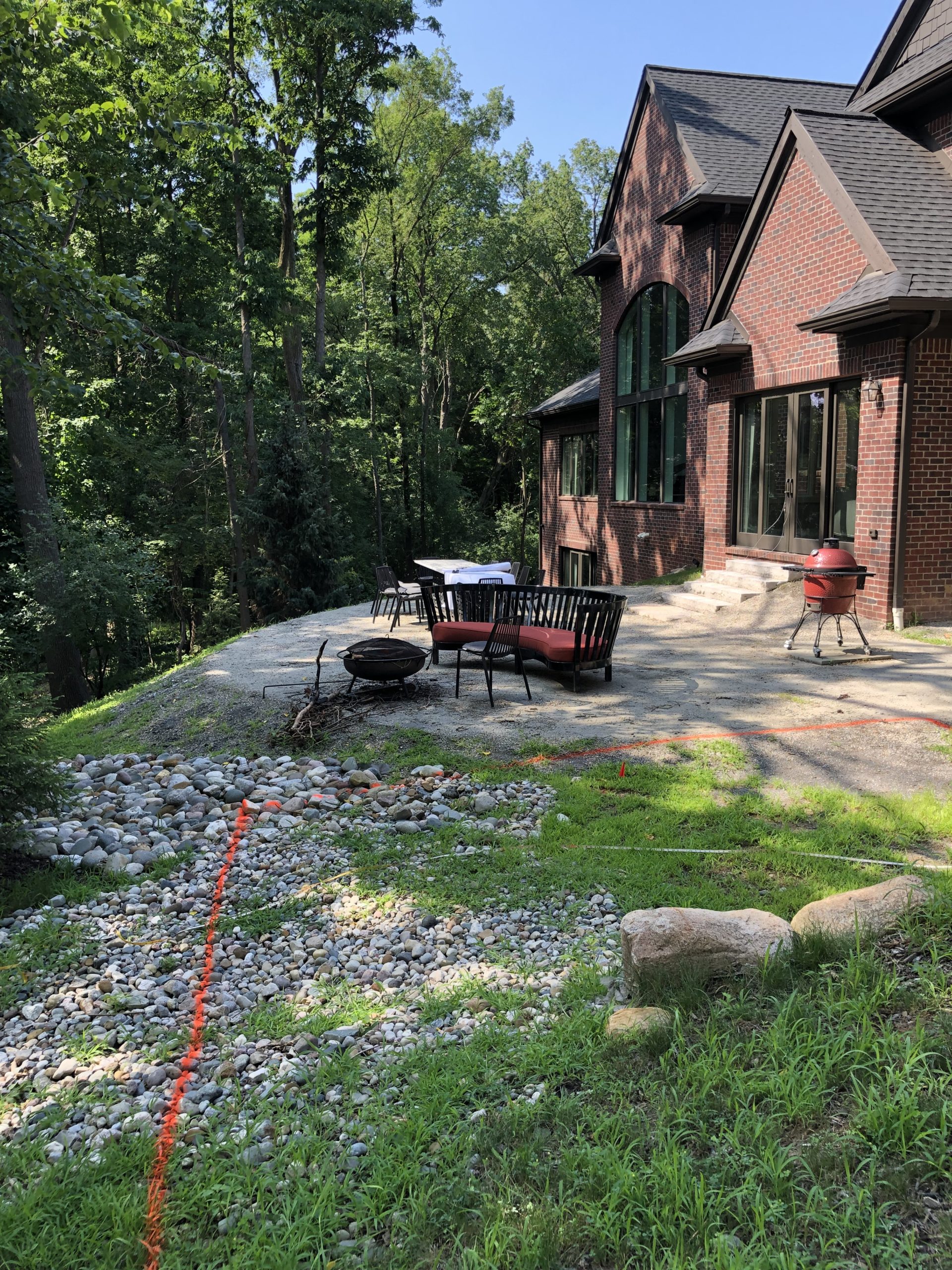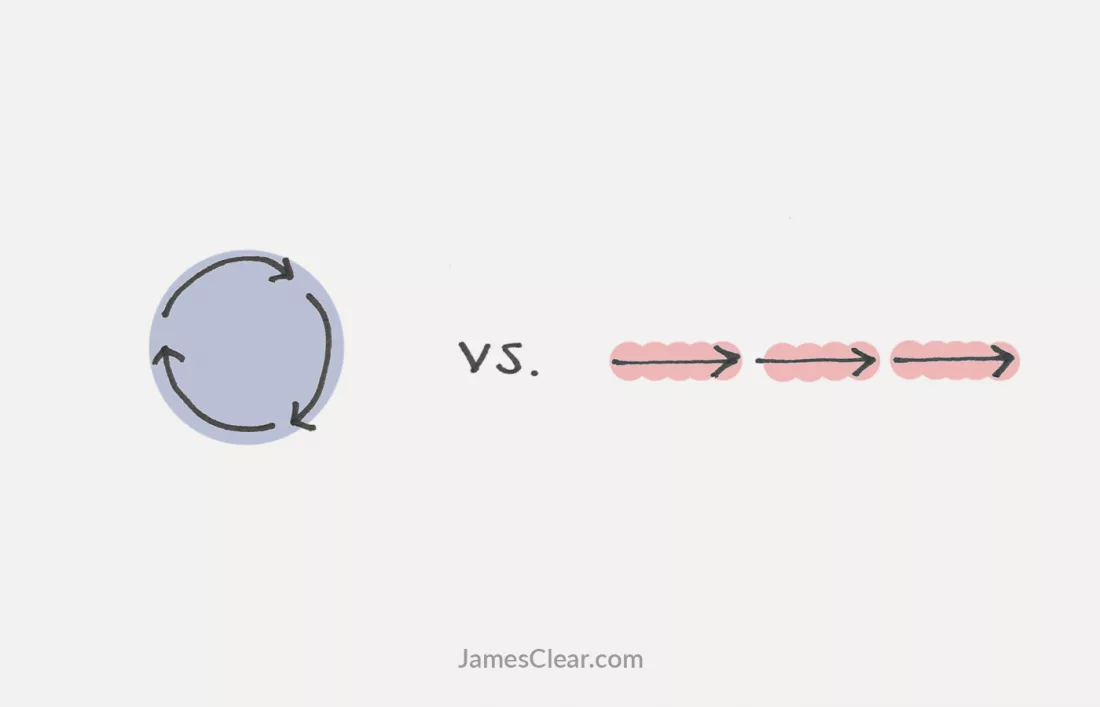How to Prune Evergreen Bushes
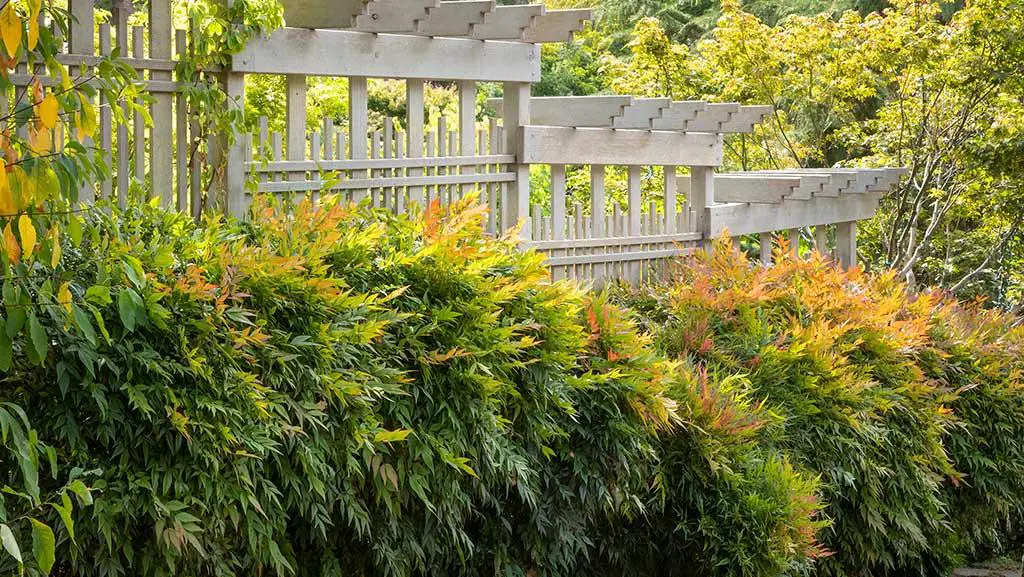
Evergreenbushes and shrubs are the backbone of garden design. They provide year-round colour, texture and height interest and are the perfect backdrop for bright annuals and perennials in spring and summer. Evergreens can be left to grow naturally or trimmed into privacy screening hedges and decorative topiary shapes.
One of the reasons why evergreen shrubs are so popular among gardeners is that once established, they are largely undemanding plants that are easy to look after. Most evergreen bushes require very little pruning, but most do need the odd trim to keep them neat and tidy and to remove any dead or damaged branches. Find more on evergreens at Gardeners Dream.
When Is the Best Time to Prune Evergreen Shrubs?
Generally, the best time to prune evergreen shrubs and bushes is spring. Wait until the risk of frost has passed, but prune before the plants start growing for the season. Mid to late spring is ideal as the cuts heal well, and new buds are about to develop at this time of year.
If an evergreen shrub is still flowering into mid-spring, it’s fine to wait until the flowers fade before pruning it back.
Pruning in mid-late spring allows plenty of new growth to form over the summer months and helps prevent late winter frost damage from affecting new shoots.
Equipment Needed
Protective Clothing
A pair of high-quality gardening gloves is essential for pruning evergreens. Other protective clothing, such as closed-toed shoes, long sleeves and full-length trousers are also recommended. You might also want to wear protective eyewear.
Protective clothing helps prevent injury, scratches and scrapes from jagged woody stems, prickly foliage and even the tools.
Hand-Held Shears or Secateurs
A hand-held cutting tool is ideal for trimming foliage and deadheading spent flowers. They can be used throughout the season to lightly prune evergreen shrubs into a neat, formal shape and remove any stray new shoots that pop up.
Long-Handled Loppers
Long-handled loppers are invaluable for evergreen shrub pruning. They make light work of cutting thicker damaged, or dead branches and allow you to safely reach high stems. Long loppers are ideal for heavy pruning and thinning out dense growth.
Hedge Trimmers
Hedge trimmers are an excellent tool for keeping garden hedging neat and tidy. These electric power tools are generally lightweight, easy to use, and significantly speed up pruning.
While hedge trimmers are a handy tool to maintain the size and shape of evergreen hedges, they shouldn’t be used for heavy pruning or to cut thicker branches or a main stem.
Step-By-Step for Pruning Evergreen Shrubs
Examine the Shrub
Before you start lopping pieces off, walk around the shrub to see what needs to be done. It may be that your evergreen doesn’t need any pruning at all! Check for dead or damaged branches, crossing stems and spent flowers. Decide what needs to be cut before you lift your tools.
Remove Damaged or Dead Branches
Taking care of dead, damaged or diseased branches is the main reason for pruning evergreens. Nothing bad will happen if your plant doesn’t have a neat, compact shape. However, if damaged pieces are left in place, they can badly affect or even kill the whole shrub. For this reason, it’s essential to remove them from the shrub.
Dead or damaged stems can get cut away from plants at any time of year – you don’t need to wait until spring. Use your shears or loppers to remove damaged stems, cutting 2-3cm beneath the point where healthy growth emerges.
Deadhead Spent Flowers
Unless you plan to leave seed heads intact for added interest, it’s best to deadhead spent blooms when they appear. Doing this encourages further flowering and produces more blooms the following year. You may even get a second flush of flowers in the current growing season.
Trim Overgrown Branches and Foliage
Finally, trim any branch tips or shoots that have grown higher or longer than the rest of the shrub. Use your hand-held cutters to trim any ends that make the plant look untidy. Overgrown branches aren’t a problem as far as the plant’s health is concerned, but they can detract from a shrub’s appearance.
Renovating Neglected Bushes and Shrubs
Most evergreen shrubs are happy with light annual pruning. However, if your plant has been neglected for a while, it may need severe pruning to return it to its best condition. Remove branches that are damaged, diseased, twisted or that cross over or rub against each other.
Some evergreens, such as Buxus, Yew and Viburnum tinus, cope well with one heavy pruning down to ground level while others need to be tackled over a number of seasons. When pruning over several years, hard prune around one-half of the stems to just above ground level. Cut the remaining branches back by about one-third. Keep the plant well-watered and fertilised with high-quality plant food at the start of the growing season. Repeat this every year until the shrub has returned to its former glory.
How to Prune Hedges to Keep Their Natural Shape
While some evergreen shrubs can be pruned into all shapes and sizes – think of topiary balls, cones, and spirals – other evergreens look their best when grown in keeping with their natural shape.
The key to maintaining a natural look when pruning evergreens is to treat the annual shearing as more of a trim than a heavy prune. Take some time to inspect the branches, consider the direction of growth, and use this knowledge to shorten the branches in the best way. Step back occasionally to examine your work and ensure the shape is still intact. You should be aiming to keep the natural shape, only in a smaller form, rather than change it completely.
Tips for Pruning Evergreen Shrubs
Always check for nesting birds and other wildlife before you start. If birds, hedgehogs, or any other creatures have made a home in your hedge or shrub, wait until they have moved out before you start pruning.
Look up online photos of your shrubs to see how their natural shape looks ‘in the wild’. Doing this will help give you an idea of how much and where to cut.
Before you start, ensure your cutting tools are suitably sharp. Trying to prune evergreen shrubs with blunt shears can damage the plant, as well as make the task more arduous.

